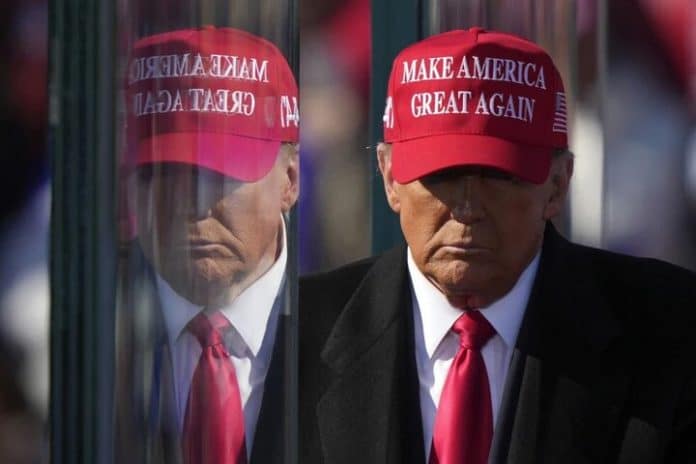What will be the approach of the second Trump administration towards Iran?
Donald Trump won the November 5 election by a significant margin over the ruling party’s candidate Kamala Harris and will enter the White House on January 20 as the new US president.
After his victory in the presidential election, many observers who have closely monitored the president-elect’s first and aggressive term have begun to assess his second term in office; a term that is expected to be different from the previous one.
Signs and reasons for Trump’s return to rationality
Given the world’s bitter experience of four years of Trump’s rule, it must be said that his name is linked to “sanctions” and “tariffs”. Trump imposed widespread sanctions against many countries around the world during his first term. According to a report by the Gibson Dunn law firm, the Trump administration has implemented more than 3,900 separate sanctions against different countries during its first term; Now, however, it has come to the conclusion that sanctions and economic constraints on countries have ended up harming the dollar and weakening it.
During his recent speech at the Economic Club of New York on the eve of the election, Trump said that he intends to use sanctions as little as possible. In response to a question about whether he would tighten or loosen sanctions, especially against Russia, if he enters the White House, he said: “I want to use sanctions as little as possible.”
He also admitted in his speech that sanctions on countries such as Iran, Russia, and China lead to a decrease in the dominance of the dollar in international transactions. Regarding excessive recourse to sanctions, Trump said: “You lose Iran. You lose Russia. China is trying to make its currency the dominant currency in the world.”
One reason for making these statements could be the increased willingness of the sanctioned countries and their allies to use alternative currencies. Many countries, including Russia, China, and Iran, have moved toward establishing parallel financial and currency systems with the dollar; a move that could have negative long-term effects on the dollar’s dominance as the global reserve currency. Therefore, from Trump’s perspective, lifting sanctions could be an opportunity to restore the dollar’s key role in international trade and prevent the formation of parallel financial systems.
Is the approach of the second Trump administration toward Iran different from the previous one?
“BRICS” is a clear and specific example of the efforts of countries that are not aligned with the West, centered on the United States, to build an alliance; an alliance that has set its main goal since its establishment in 2006 to confront the dollar-centered economic and financial system, and the severity of US sanctions in recent years has increased the speed and depth of its members’ convergence and efforts to gain support.
At the recent BRICS summit in Kazan, Russia, the leaders of China, India, Iran, and Russia proposed the launch of a new payment system called the “BRICS Bridge” to bypass the US dollar, which is in direct opposition to the US dollar as the current dominant currency in the world. The plan is based on digital currencies supervised by central banks and is capable of reducing transaction times from a few days to a few seconds and reducing costs to almost zero.
This mechanism was developed and implemented because the US forced some foreign banks to sever their ties with SWIFT in the last two decades. For example, in 2018, SWIFT stopped its ties with Iran. Since 2022, about $282 billion of Russian assets in the West have been blocked and Russian banks have also been removed from the SWIFT system.
In total, the measures the BRICS took to replace the dollar include; creating a new development bank, using local currencies, and currency swaps, replacing dollar exchanges with gold, and creating systems other than SWIFT.


